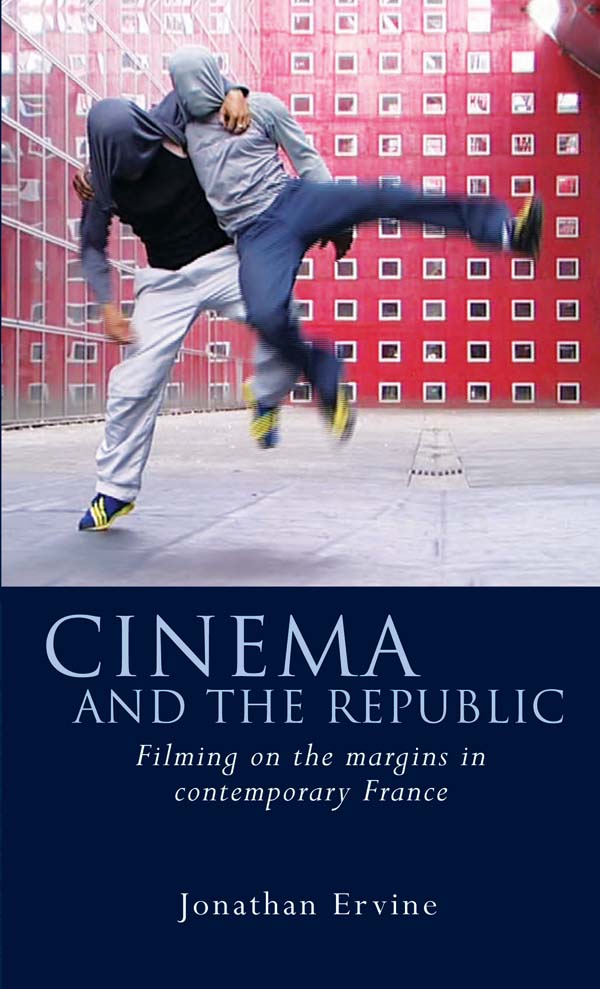Cinema and the Republic
Filming on the Margins in Contemporary France
Author(s) Jonathan Ervine
Language: English
Genre(s): Media, Film and Theatre
Series: French and Francophone Studies
- May 2013 · 240 pages ·216x138mm
- · Hardback - 9780708325964
- · eBook - pdf - 9780708325971
- · eBook - epub - 9781783165537
This book analyses contemporary French films by focussing closely on cinematic representations of immigrants and residents of suburban housing estates known as banlieues. It begins by examining how these groups are conceived of within France's Republican political model before analysing films that focus on four key issues. Firstly, it will assess representations of undocumented migrants known as sans-papiers before then analysing depictions of deportations made possible by the controversial double peine law. Next, it will examine films about relations between young people and the police in suburban France before exploring films that challenge cliches about these areas. The conclusion assesses what these films show about contemporary French political cinema.
Introduction
Chapter One: Cinema and the Republic
Chapter Two: T he Sans-papiers on Screen – Contextualising Immigrant Experiences in Film
Chapter Three: Double peine: The Challenges of Mobilising Support for Foreign Criminals via Cinema
Chapter Four: C hallenging or Perpetuating Clichés? Young People and the Police in France’s Banlieues
Chapter Five: C hallenging Stereotypes about France’s Banlieues by Shifting the Focus?
Conclusion
Notes
Filmography and Bibliography
Index
""Cinema and the Republic" offers a compelling analysis of political cinema in France since 1995 and of the ways in which it represents and intervenes in the relationship between Republican values and minority communities. The book's strengths lie in the diversity of its corpus, which acknowledges and foregrounds the contemporary blurring of boundaries between fiction and documentary, cinema and television; in its appropriately broad definition of key terms, with attention paid not only to politics in the 'issues' sense (the sans-papiers, the "double peine") but also to the political significance of depicting everyday cultural life in the "banlieue"; in its effective blending of political analysis with detailed attention to film form. It represents a valuable contribution to the study of contemporary French cinema, and to analysis of the scope and aesthetics of political cinema in the twenty-first century."--Diana Holmes, University of Leeds
Introduction Chapter 1: Cinema and the Republic Chapter 2: The Sans-papiers on Screen - Contextualising Immigrant Experiences in Film Chapter 3: Double peine: The Challenges of Mobilising Support for Foreign Criminals via Cinema Chapter 4: Challenging or Perpetuating Cliches? Young People and the Police in France's Banlieues Chapter 5: Challenging Stereotypes about France's Banlieues by Shifting the Focus? Conclusion


